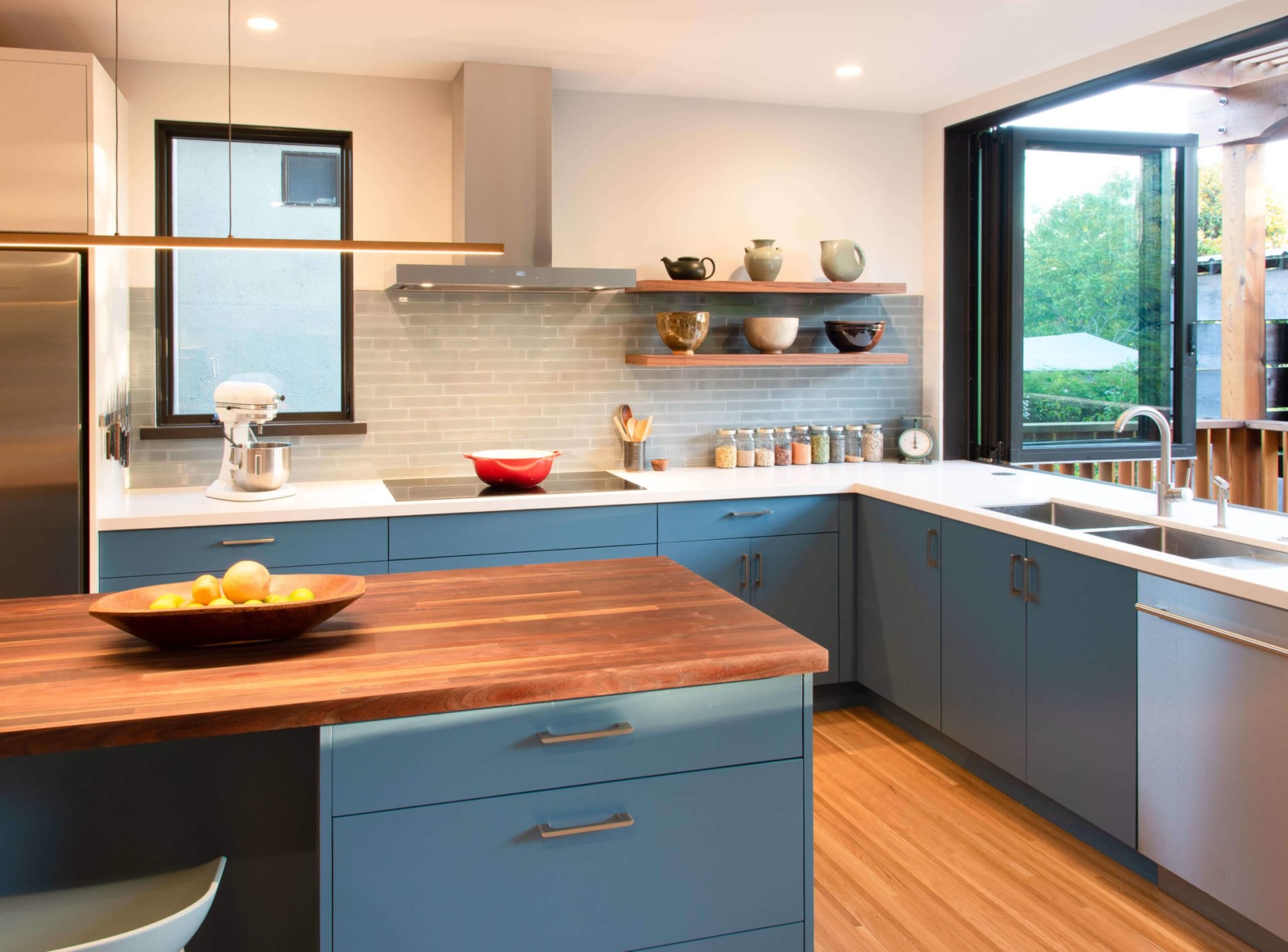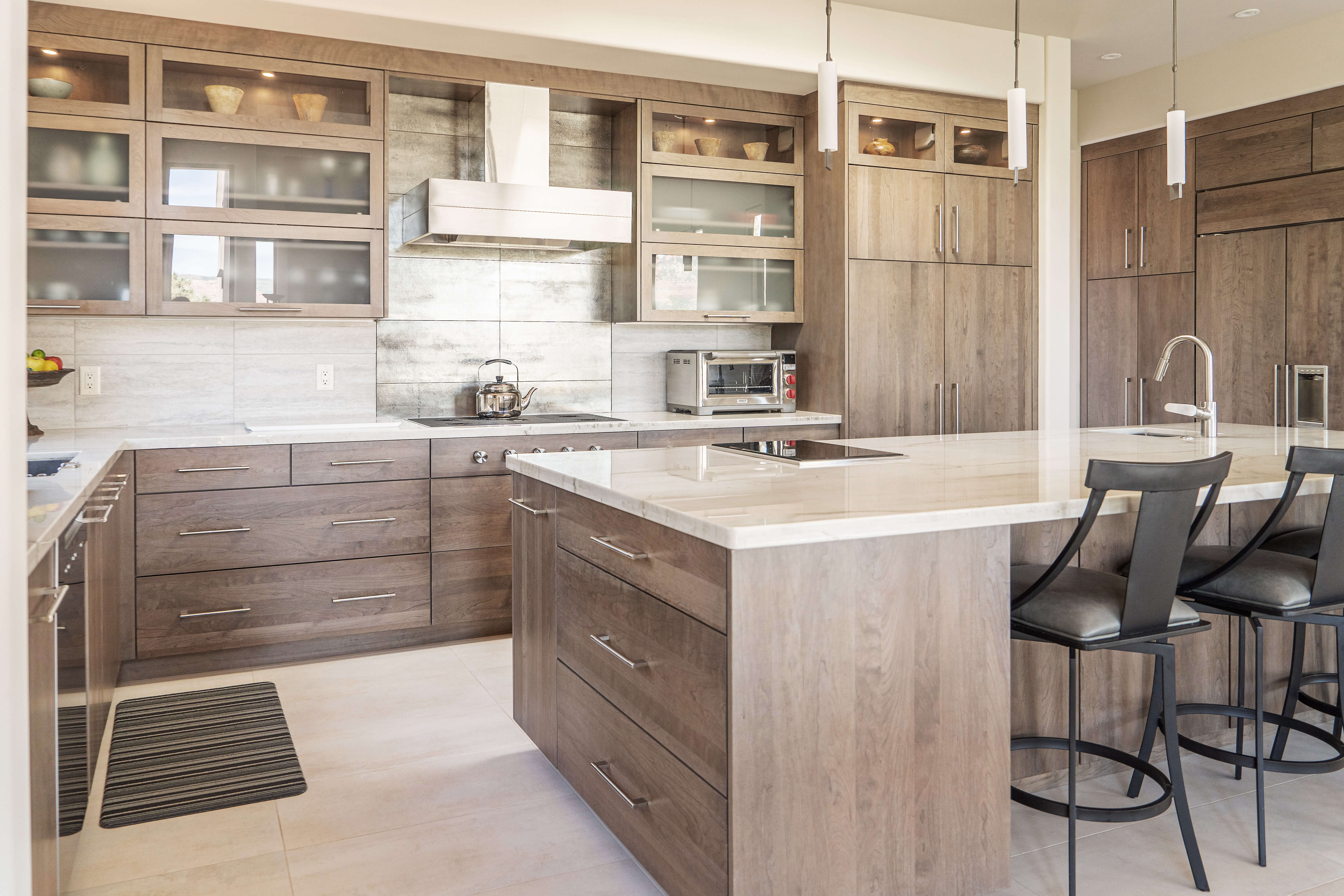Planning & Design for Frameless Cabinets

The whisper of sawdust, the ghost of a hammer’s swing, echoes in the empty space where a kitchen dreams. Frameless cabinets, clean lines promising order, yet a silent testament to the labor and longing woven into their very grain. Each measured cut, each precise join, a reflection of the heart’s careful shaping of a home.
Kitchen Layout Designs
Frameless cabinets offer a sleek, modern aesthetic, but their design demands meticulous planning. Three distinct kitchen layouts, each a variation on the theme of functionality and beauty, are presented below. The dimensions are approximate and can be adjusted to suit individual needs and space constraints.
| Layout Name | Dimensions (ft) | Materials | Special Features |
|---|---|---|---|
| Linear Kitchen | 10ft x 8ft | Birch plywood, quartz countertops | Sleek, minimalist design; maximizes space in smaller kitchens. |
| L-Shaped Kitchen | 12ft x 10ft | MDF, granite countertops | Provides ample counter and storage space; ideal for larger kitchens. Includes a built-in island. |
| U-Shaped Kitchen | 14ft x 12ft | High-gloss white MDF, marble countertops | Offers extensive storage and counter space; perfect for large families or those who enjoy cooking. Features integrated appliances. |
Accurate Kitchen Measurement Guide
Precise measurements are paramount for successful frameless cabinet installation. Even a slight discrepancy can lead to significant issues. The following steps ensure accuracy and minimize errors.
- Image 1: Close-up showing accurate measurement of wall cavity, highlighting the use of a level. The image emphasizes the importance of checking for plumb and square walls, noting any irregularities. A laser level is shown for enhanced precision.
- Image 2: Measuring the height from floor to ceiling at multiple points along the wall. The image demonstrates the use of a measuring tape and clearly labels each measurement, highlighting the need to record variations in ceiling height.
- Image 3: Detailed measurement of existing plumbing and electrical fixtures. The image illustrates how to precisely measure the location and dimensions of outlets, switches, pipes, and vents. A clear, labeled diagram is included to avoid mistakes.
- Image 4: Measuring cabinet openings for appliances. The image shows the accurate measurement of the refrigerator, oven, dishwasher, and sink openings, highlighting the need for precise dimensions to ensure proper fit.
- Image 5: Creating a detailed floor plan. The image depicts a meticulously drawn floor plan incorporating all measurements and annotations, showcasing the importance of a comprehensive plan for accurate cabinet placement.
Material Selection for Frameless Cabinets
The choice of material significantly impacts the durability, cost, and aesthetic appeal of frameless cabinets. Plywood and MDF are popular choices, each with its own strengths and weaknesses.
Plywood, with its layered construction, offers superior strength and stability, resulting in long-lasting cabinets. However, it is generally more expensive than MDF. Its natural grain adds warmth and character. MDF, a more affordable option, is denser and smoother, providing a flawless surface ideal for painting or finishing. However, it is less durable and more susceptible to moisture damage. The choice hinges on budget and desired aesthetic. The inherent beauty of plywood often justifies its higher cost, while the versatility of MDF allows for a wider range of finishes.
Construction & Installation Techniques

The scent of sawdust, a whisper of regret for time gone by, hangs heavy in the air. Each cut, each measured placement, a step further into a project both fulfilling and fleeting. These cabinets, soon to stand, will hold memories yet unwritten, a silent testament to the hands that built them.
Diy frameless kitchen cabinets – Building frameless cabinets is a dance of precision and patience, a testament to the quiet satisfaction of creation. The seemingly simple act of constructing a cabinet door becomes a meditation on form and function, each step echoing the rhythm of the craftsman’s heart.
Frameless Cabinet Door Construction, Diy frameless kitchen cabinets
Crafting a simple frameless cabinet door requires careful attention to detail and the right tools. A slight imperfection can be magnified, casting a shadow on the final product. This process, while seemingly straightforward, demands respect for the materials and the process.
- Cutting the Door Panel: Using a table saw or circular saw, cut the chosen material (e.g., plywood, MDF) to the precise dimensions of the door, ensuring perfectly square corners. A miter saw is ideal for achieving accurate 90-degree angles. Measure twice, cut once – a carpenter’s adage whispered on the breeze of regret.
- Edge Banding: Apply iron-on edge banding to all exposed edges using an iron and a utility knife. This protects the raw edges from moisture and wear. The smooth, even application is a test of steady hands and a patient heart. The unevenness of a rushed job haunts the eye long after the project is complete.
- Finishing: Sand the edges and the surface of the door smooth using progressively finer grit sandpaper. Apply a primer and then several coats of paint or stain, allowing each coat to dry completely before applying the next. Each layer builds upon the last, a slow accumulation of perfection, or a quiet reminder of imperfections embraced.
Frameless Cabinet Box Installation
The installation of the cabinet boxes is the backbone of the entire project, a foundation upon which the rest will be built. The weight of expectation, the subtle pressure of a plumb line, and the quiet satisfaction of a level surface, all contribute to the overall feel of accomplishment.
- Mounting Methods: Several methods exist, each with its own strengths and weaknesses. For wood studs, directly screwing the boxes to the studs provides the most secure and reliable mounting. For drywall, toggle bolts or molly bolts are needed for sufficient support. For concrete, use appropriate concrete anchors, carefully pre-drilling pilot holes.
- Ensuring Level and Plumb: Use a level and a plumb bob to ensure the boxes are perfectly aligned before securing them to the wall. Even a slight misalignment can disrupt the aesthetic harmony of the finished kitchen. A slight tilt, a subtle unevenness, can speak of a heart not fully committed to the task.
Cabinet Hinge and Drawer Slide Installation
The seemingly small details, the hinges and drawer slides, are the unsung heroes of functionality and elegance. Their smooth operation is a silent testament to the care taken in their installation.
| Method | Description | Pros | Cons |
|---|---|---|---|
| European-style hinges | Concealed hinges mounted directly to the cabinet door and box. | Clean aesthetic, durable, easy to adjust. | Requires precise drilling and alignment. |
| Full-extension drawer slides | Allow the drawer to extend fully, providing complete access to contents. | Convenient, smooth operation, durable. | More expensive than other options. |
| Undermount drawer slides | Mounted underneath the drawer, providing a clean look. | Sleek design, smooth operation. | More complex installation. |
Finishing & Customization Options: Diy Frameless Kitchen Cabinets

The final flourish, the whispered secret of a truly bespoke kitchen: finishing and customization. It’s where the bones of your frameless cabinets take on a soul, a personality reflecting your own unique vision. A subtle shift in sheen, a carefully chosen handle – these details weave a narrative, a quiet story told in wood and paint.
The transformative power of paint, the gentle caress of hardware, the subtle artistry of decorative elements – these are the tools of the kitchen craftsman, shaping raw potential into a masterpiece. The journey from blank canvas to vibrant heart of the home is a delicate dance between artistry and practicality, a blend of careful consideration and inspired intuition.
Paint Finishes for Frameless Cabinets
Three distinct paint finishes, each a testament to the versatility of this design approach. Imagine the interplay of light and shadow, the subtle dance of reflection and absorption. The right finish can dramatically alter the mood of your kitchen, transforming it from a stark, functional space into a haven of warmth and comfort, or a vibrant expression of modern design.
First, consider a classic satin finish using a high-quality acrylic-alkyd enamel. This finish offers a beautiful balance of durability and elegance, resisting scratches and stains while reflecting light softly, creating a warm, inviting ambiance. In bright sunlight, the satin finish will exhibit a subtle, even glow, while in softer, dimmer light, it will maintain a sophisticated, understated elegance. The application is relatively straightforward, requiring two to three coats for optimal coverage and a smooth, even finish.
For a bolder statement, a high-gloss polyurethane paint offers a dramatic, almost mirror-like reflection. This finish exudes modern sophistication and creates a striking focal point in the kitchen. However, high-gloss finishes can accentuate imperfections in the cabinet surfaces, so meticulous preparation is crucial. In bright light, the reflective surface will sparkle and shine, creating a dynamic, almost energetic atmosphere. In dimmer light, the high-gloss finish will maintain its visual impact, though the intensity of the reflection will naturally decrease. Application demands precision and multiple thin coats for a flawless result.
Finally, the understated beauty of a matte finish, achieved with a high-quality acrylic latex paint, offers a calming, minimalist aesthetic. This finish hides imperfections exceptionally well, providing a clean, uncluttered look. In bright sunlight, the matte finish will appear almost velvety, absorbing light rather than reflecting it. In dimmer light, the matte finish will maintain its subtle elegance, creating a sense of quiet sophistication. Multiple thin coats are recommended for even coverage, allowing each layer to dry completely before applying the next.
Customizing Frameless Cabinets
The true beauty of frameless cabinets lies in their adaptability. They are a blank canvas, inviting the expression of your unique style. Beyond the choice of paint, a myriad of options exist to transform these cabinets into a personalized reflection of your taste and lifestyle.
The possibilities are as limitless as your imagination. Consider these options to personalize your cabinets and make them truly your own. The choices you make will not only enhance the aesthetic appeal but also significantly impact the functionality and usability of your kitchen space.
- Hardware Choices: From sleek, minimalist pulls to ornate knobs, the right hardware can dramatically alter the overall feel of your cabinets. Consider the style of your kitchen and choose hardware that complements it.
- Decorative Elements: Incorporate glass panels, decorative molding, or even custom-designed inserts to add visual interest and personality.
- Unique Design Features: Consider adding features like pull-out drawers, spice racks, or built-in organizers to maximize storage and functionality. A custom-designed corner unit, for example, can transform an otherwise wasted space into a highly efficient storage area.
- Cabinet Lighting: Integrated under-cabinet lighting can dramatically enhance the look and functionality of your kitchen, showcasing your beautiful cabinets and creating a warm, inviting ambiance.
- Cabinet Finishes: Experiment with different paint colors, wood stains, or even a combination of materials to create a unique and visually stunning effect.
